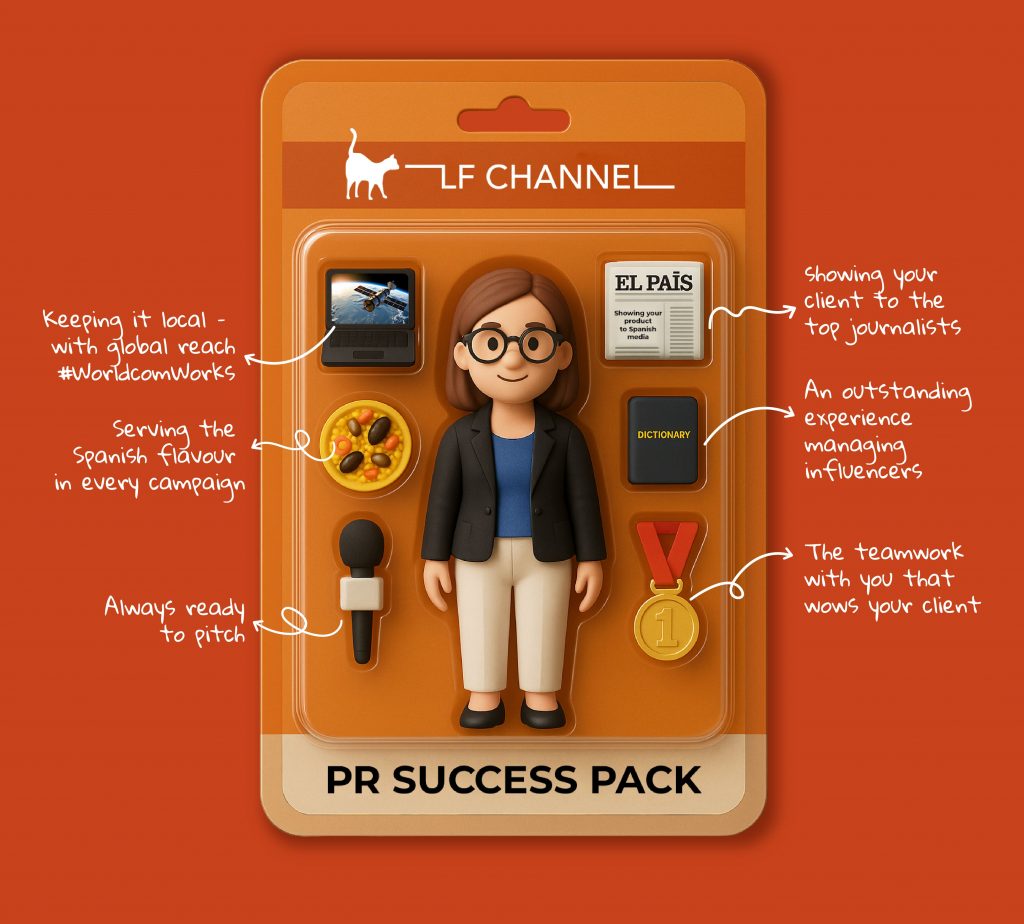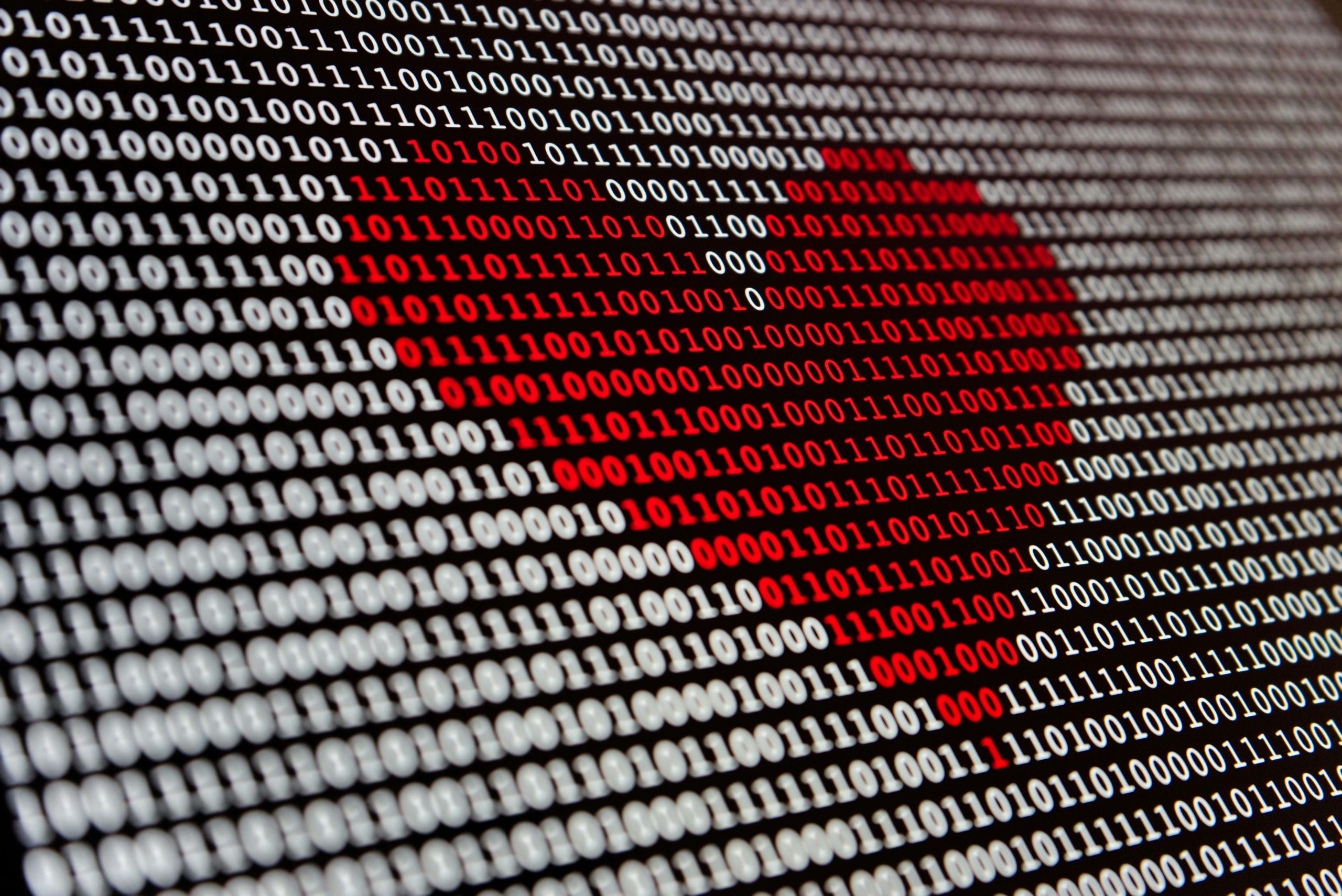The constant development of artificial intelligence has sparked debates about whether this technology will replace humans in various sectors, and the field of graphic design is no exception.
From logo creation to automatic content generation, the truth is that AI is becoming increasingly present in the day-to-day work of design teams. Should they be concerned about the future of their profession? In this post, the LF Channel design team discusses this hot topic of recent months and provides practical examples of how to effectively integrate AI into a design team.
What is Generative Artificial Intelligence?
Generative artificial intelligence is a type of AI designed to create new content based on patterns learned from data. Rather than simply analyzing or classifying information, it can generate elements such as:
- Stories and texts
- Image generation
- Composing music
- Creating animated scenes or scenes with people
- Programming code
- 3D designs and models
What is the technical basis for this?
Modern generative models primarily use advanced neural networks, such as:
- Transformers, which would be GPT, used in texts, audio, code, etc.
- GANs (Generative Adversarial Networks), used to create realistic images.
- VAEs (Variational Autoencoders), applied in image generation and 3D design.
How is AI transforming the work of a designer?
With its rapid evolution, AI is opening up new possibilities that are transforming the role of graphic design.
Although artificial intelligence is an effective tool for performing repetitive or mechanical tasks, the truth is that it is not capable of creating disruptive concepts due to its dependence on established patterns. This means that human creativity remains essential, while AI optimises tasks and improves efficiency.
For this reason, rather than viewing it as a threat, we should consider it a tool that will enhance our creativity and optimise design work and the way this department operates within a company. In fact, according to the Creators Toolkit Report published by Adobe in October 2025, 86% of designers have already integrated artificial intelligence into their workflow.
At LF Channel, we firmly believe that technology helps us optimise our work, achieve better results and enhance our capabilities. According to a study by PWC, using AI on a daily basis makes us more likely to see improvements in productivity at work (92% versus 58%).
From now on, design professionals will not only have to master the principles of design, but also learn how to create good prompts: knowing how to communicate with the tool, understanding how it interprets instructions, and clearly defining the desired outcome. Details such as framing, colours, or camera angle can make the difference between an average result and a professional one.
This paradigm shift in the professional sphere affects not only design, but also other creative and strategic disciplines, such as corporate communication. Furthermore, the way users search for information online is changing, and this means that marketing and communication strategies must be updated and understand AIs as new ways of searching for information and products.
AI Tools for Designers
There are several AI tools that are revolutionising graphic design. Some of the most notable include:
- Dall-E y MidJourney. These are platforms that generate images from textual descriptions, perfect for creating quick visual concepts.
- Adobe Firefly. Adobe’s generative AI tool for creating and editing images, vectors, and effects from text, with features such as text-to-image, generative fill, and support for commercial use.
- Runway ML and Leonardo.ai. Other emerging tools that facilitate the creation of images, animations, and visual resources using AI.

Example of an image generated with Adobe FireFly.
The benefits and threats that AI brings to designers
While AI offers numerous advantages, it also presents challenges and potential risks. Below, we explore both the benefits and threats that this technology can bring to the field of design.
Benefits:
- Automation of routine tasks. Artificial intelligence allows repetitive processes to be optimised, reducing costs and delivery times, which translates into greater efficiency. For example, at LF Channel we use tools such as Colormind to generate customised colour palettes according to the specific characteristics of each project. This not only saves us time in the pre-design phase but also ensures that colour combinations are consistent and visually appealing. In addition, for tasks such as image resizing, which could traditionally be time-consuming, we use DeepAI Image Resizer. This tool automatically adjusts images to the required size quickly and accurately, without compromising visual quality.
- Greater accessibility to design. AI lowers barriers to entry, making it easier for anyone, even those without experience in advanced design programmes, to create high-quality graphic materials quickly and intuitively. For example, Canva uses AI to offer customizable templates, automatic adjustments and element optimization, making it easy to create professional designs with just a few clicks.
- Creative support. AI tools act as assistants during the ideation phase, offering suggestions and inspiration. For example, Adobe Sensei automatically suggests colour combinations and fonts, and optimises object selection, improving visual composition. These features provide instant feedback on key aspects, enhancing the quality of the final design.
Other tools that can help designers in their day-to-day work:
- AutoDraw, a tool that guesses what you are drawing and offers visual suggestions based on artistic styles, facilitating the rapid creation of sketches.
- Colormind, this tool helps designers generate colour palettes automatically.
- Fontjoy, its goal is to find font combinations that work well together, facilitating typographic selection.
Potential Threats:
After exploring the benefits that AI brings to design, it is also important to consider the threats that could jeopardise the work of graphic designers:
- Loss of creativity and innovation. AI follows pre-existing patterns and data, which could lead to the homogenisation of designs and reduce innovation.
- Ethical and copyright issues. AI relies on existing data, which can make the designs it generates very similar to previous works. This raises challenges in terms of intellectual property and authorship of designs. Furthermore, the question of whether a machine can be considered the legal author of a work is still unclear.
- Loss of human vision. Overuse of AI can result in less personal and more uniform designs, which can detract from originality and emotion. It is essential to maintain a balance between human creativity and technology in order to preserve the authenticity and quality of design.
Use case – How do we combine design + AI at LF Channel?
At LF Channel, we have used generative AI in some of our brand campaigns. For example, inspired by the ‘starter pack’ trend on social media, we creatively adapted our brand image and designed a ‘Success Kit Pack,’ which included a set of key elements to help our international communication partners successfully enter the Spanish market.
In this case, we used ChatGPT to generate the image, training the model to create a visual piece that captured the same characteristics as the popular trend at the time. The combination of strategic design and AI tools allowed us to generate a visual piece that not only met our audience’s expectations but also effectively reflected the brand’s values and objectives.

Artificial intelligence is significantly changing the world of graphic design. While it poses challenges and risks, it also offers numerous opportunities to improve efficiency and enhance human creativity. At LF Channel, we believe that the key lies in learning to use these tools strategically, as allies during the creative process. The future of graphic design will be a fusion of human creativity and artificial intelligence: the two will complement each other to create stunning visual experiences.
